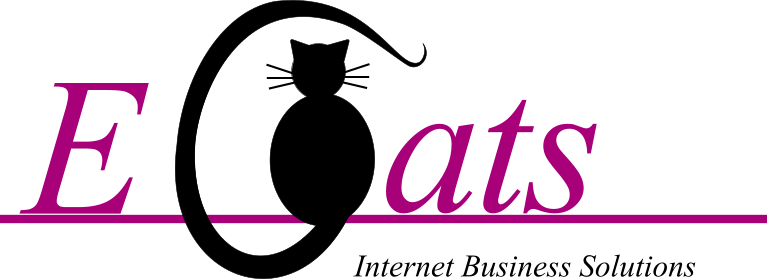When Written: Aug 2007
Whilst heavy weight designer tools like Dreamweaver are great for designing and maintain web sites they often offer far too a complex solution to end users who just want to update the content of their web site. With this in mind and a particular client request I set out to investigate some of the many CMS solutions and the web based in-line HTML editors on the market. There are many Open-Source offerings as well as commercial products, and I spent many, sometimes frustrating, weeks investigating and installing, but I still feel I have only scratched the surface. Most, in my opinion have the problem that to be flexible they end up complex. I feel that most clients want an easy way to edit web content without having to learn a complex tool. The other failing of CMS systems I find is that they don’t show the full web page in the editing view, so the user has to know that to put some text into that left hand area of the web page you need to edit the area called ‘LH_Content’ or similar.
Someone on the Blogs summed it up quite succinctly when they said that most Content Management Systems were in effect, database management systems, as all the content is held in a database and ‘poured’ into web page templates. There are of course many, benefits to this method; however, it seems to me that many CMSs have lost the original vision, that of making content editing easy, and have become too concerned with extra features. I will be returning to this topic in a later column. However for now let’s look at one very important part of such systems. This is the control that allows a user to enter HTML easily in a WYSIWYG environment with multiple toolbars with buttons to HTML objects on the page without having to write HTML code. These controls are known as HTML in-line editors and sit ‘over’ a ‘textarea’ on a web form, so that when the form is submitted the contents of the text area is sent with the rest of the form control contents to a database usually. The quality of these in-line editors varies considerably as well as their features.
At first glance they all seem similar, but as you start to use them you soon start to find their limitations. I looked at the some Open source ones and was particularly impressed with Xinha (http://xinha.webfactional.com/wiki) and of course one of the market leaders that has been around for some time, the rather risqué named FckEditor (http://www.fckeditor.net ). This time, though the client wanted to be able to copy and paste excel data whilst retaining the format, a task that most of the HTML in-line editors were not up to in a satisfactory way. I also wanted to be able to programmatically control a lot of the configurable items and it needed to support editing only in editable areas of templates so that the end user could not mess up the page layout. In the end I bit the bullet and bought the rather excellent Rich Editor from http://www.richarea.com paying $199 for the full licence re-brandable version although the prices start from $49. A deciding factor in my choice was the excellent support offered by way of email and forums, something which is at the top of my list of priorities. It is very frustrating, and can be expensive to hit a problem in the middle of development and for it to take ages to get a solution. This control is available in PHP, ASP, .NET versions and should be on your list to look at if you are looking at such things. Now I am off to write that world beating Content Management System, after all, I have a couple of hours spare this week!
Article by: Mark Newton
Published in: Mark Newton
